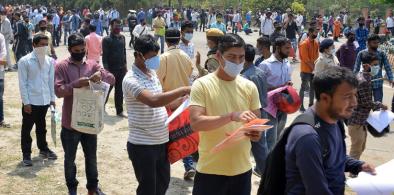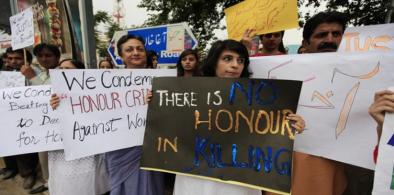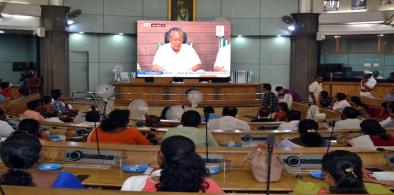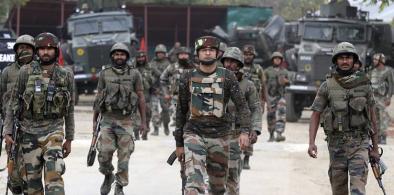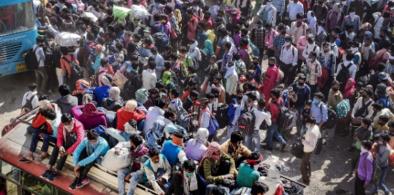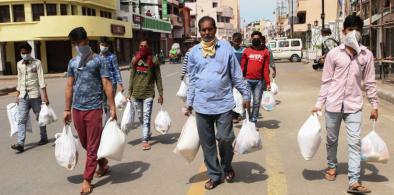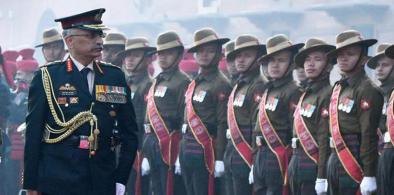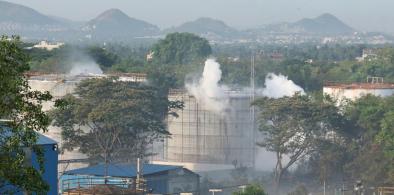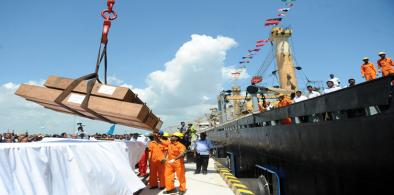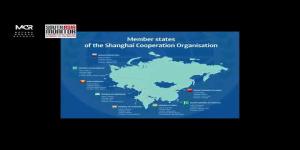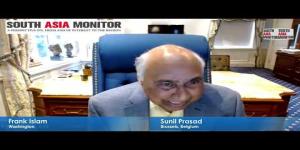South Asia is home to over 1.8 billion people and houses half of the world’s impoverished communities, writes Aashish Kiphayet for South Asia Monitor
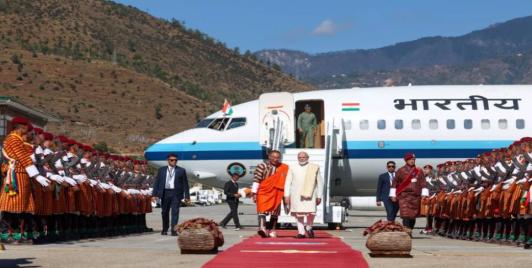
India-Bhutan Relationship Offers A Constructive Model For South Asia And A Peaceful Himalayan Region
Beyond India–Bhutan relations, the visit conveys a wider message to South Asia: cooperation grounded in respect, development, and stability remains essential in an uncertain global environment. As the region evolves, India appears to recognize the importance of maintaining strong partnerships without pressuring smaller neighbors or escalating strategic competition.
Red Fort Blast: India Facing A New Form Of Jihad?
The involvement of four doctors, one of whom allegedly executed the Red Fort blast, indicates a model that blends 'inspired' radicalisation with limited external facilitation. Interactions with certain outfits, Kashmiri terror commanders, and external handlers—if confirmed—point to an infrastructure that encourages attacks while maintaining plausible deniability.
The Nuclear Reckoning: Moment Of Awakening For India
It is time for India, along with like-minded nations across Asia, Africa, and Latin America, to articulate a shared agenda of non-alignment 2.0, not as a posture of neutrality but as a strategy of autonomy. The original Non-Aligned Movement (NAM) emerged from the Cold War’s bipolar tension; its modern counterpart must respond to multipolar volatility.
Endangered Indigenous Languages of South Asia: With Dominant Languages Replacing Mother Tongue, Are They Doomed To Die?
The world over, as is evident from the Atlas of endangered languages, there is a thrust of the dominant languages taking a precedence and most of the endangered languages are likely to disappear by 2100. Soon, possibly in the near future, the grand and great grand-children of the present generation may not be able to tell the story of their own mother tongue. Some of these languages will be lost forever and will only be limited to the pages of gazetteers and history books.
Honour killings continue in Pakistan: Feudal-patriarchal mindset still rules
Honour killing has been part of social traditions in Pakistan’s deeply conservative tribal society, but not confined to it. Killings have been reported in Lahore, Karachi and other places as well, writes Mahendra Ved for South Asia Monitor
In post-COVID-19, Kerala needs innovation in governance
There is a need for a radical attitudinal change in governance and also among Malayalees. Skilling graduates, who are mostly unemployable, should be top priority, writes K S Nayar for South Asia Monitor
India needs to keep up its assertive stance against terrorism
The shift in the approach towards terrorism is mildly indicative of India's assertive and uncompromising stance in dealing with terrorism, writes Jay Maniyar for South Asia Monitor
Whither self-reliance in defence hardware? Need for complete revamp of India's DTIB
India’s political establishment seems to have utterly failed to appreciate the need for self-sufficiency in military hardware. Consequently, no roadmap or grand strategy has ever been drawn up, for attaining autonomy in defence-production, writes Admiral Arun Prakash (retd) for South Asia Monitor
Has BJP lost touch with India's masses?
The pandemic has revealed the Jana Sangh-BJP’s basic faultline which marks the breach between the affluent and the non-trader lower castes and the lower middle and working classes, writes Amulya Ganguli for South Asia Monitor
Universal Basic Income is answer to the migrant labour crisis
With livelihoods suddenly coming to an end due to the lockdown, the option left for the migrant workers was to make a hasty retreat to their home towns. The presence of some form of Universal Basic Income (UBI) could have mitigated their uncertainties to a certain extent, writes Partha Pratim Mitra for South Asia Monitor
Its Modi’s moment to transform rural India with reverse migration
This is Modi’s moment to transform India. He has the ability to not waste this opportunity to make the migrants stay in their safe homes and not allow them back to the cities., writes Rajendra Shende for South Asia Monitor
Kerala model: Praise abroad, concerns at home
Kerala certainly has reasons to be proud of its record so far and the praise showered on it is well deserved. But the real test is yet to come, writes Amb T. P. Sreenivasan (retd) for South Asia Monitor
No permanent friend or enemies: Need for India’s deeper and bolder engagement in Afghanistan
India is one of the key actors to have contributed to the post-war redevelopment of Afghanistan. So far, India has contributed USD 3 billion to it, which makes Delhi the largest donor to Afghanistan in South Asia and the fifth largest in the world, writes Chayanika Saxena for South Asia Monitor
A success story: Good leadership, timely responses help Bhutan contain COVID-19
Bhutan’s energetic and collective response under the personal leadership of King Jigme Khesar Namgyel Wangchuck helped to deal with the crisis. Bhutan has the advantage of both the Prime Minister Lotay Tshering and Foreign Minister Tandi Dorji being medical doctors with a background of public health, writes Shubha Singh for South Asia Monitor
Is India planning an operation in POK?
The Modi government is methodically trying to resolve the Kashmir issue, which is lingering since the partition of the Subcontinent in 1947. India and Pakistan have already fought three wars, including the Kargil conflict of 1999, on Kashmir, writes Jai Kumar Verma for South Asia Monitor
Visakhapatnam gas leak: Need for stricter enforcement of labour laws
While in these difficult times when there is a need for more workers' protection, relaxation of labour laws may not be in the overall interest of workers and there is a need for a rethink on the entire issue, particularly after incidents such as the Visakhapatnam gas leak, writes Partha Pratim Mitra for South Asia Monitor
Sri Lanka's rise in strategic importance in Chinese geopolitical calculus
Major power interest in Sri Lanka despite the COVID-19 pandemic was noticed earlier this year when Russian Foreign Minister Sergey Lavrov, US Principal Deputy Assistant Secretary of State for South and Central Asia, Alice G Wells, and China’s Foreign Minister Wang Yi, all visited Sri Lanka in January to hold bilateral talks with the Sri Lankan government, writes Lt Gen P. C. Katoch (retd) for South Asia Monitor
The power of social media: It can win or lose a war today
India's immediate neighbours, especially China, and its client state Pakistan, are conducting social media war against it. Countering them is a challenge, especially against opaque, digitally isolated China, writes Lt Gen P R Kumar (retd) for South Asia Monitor






